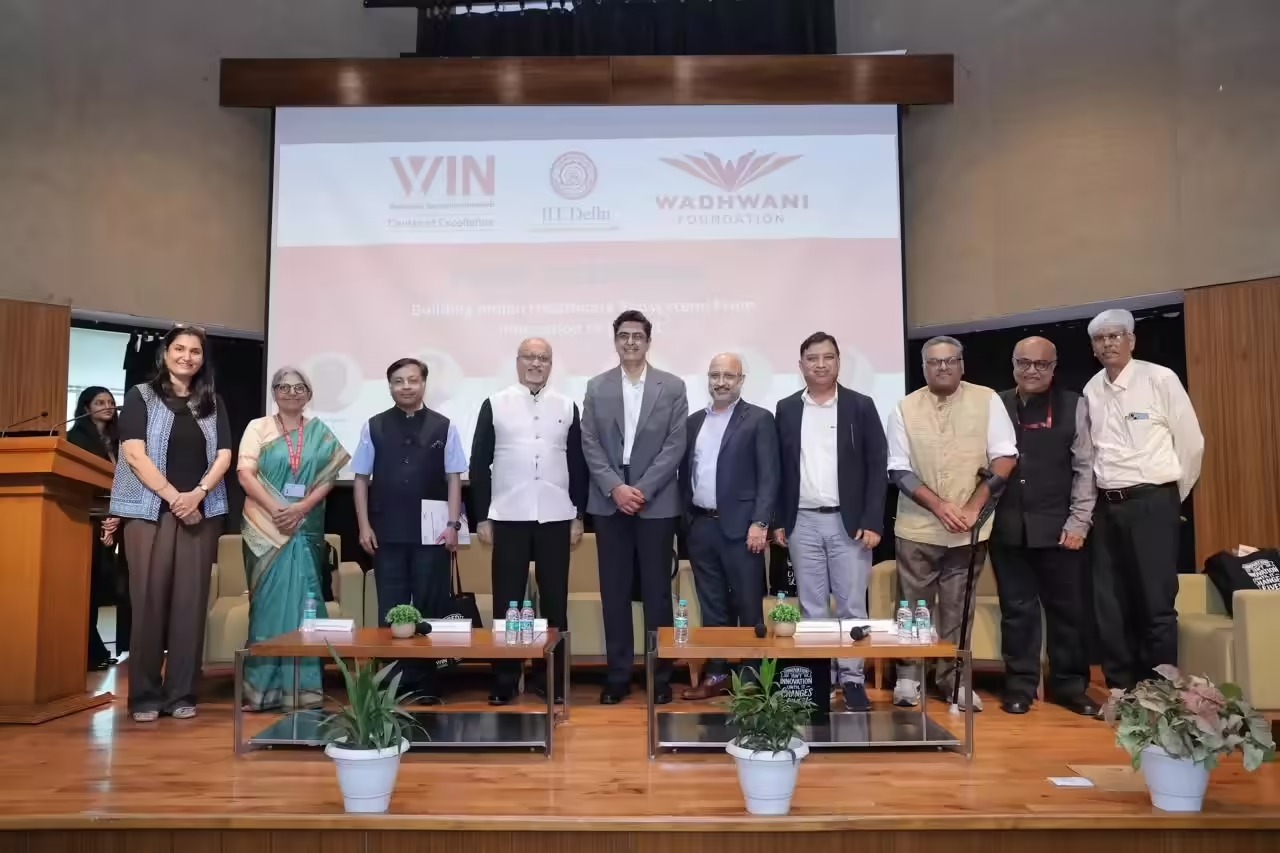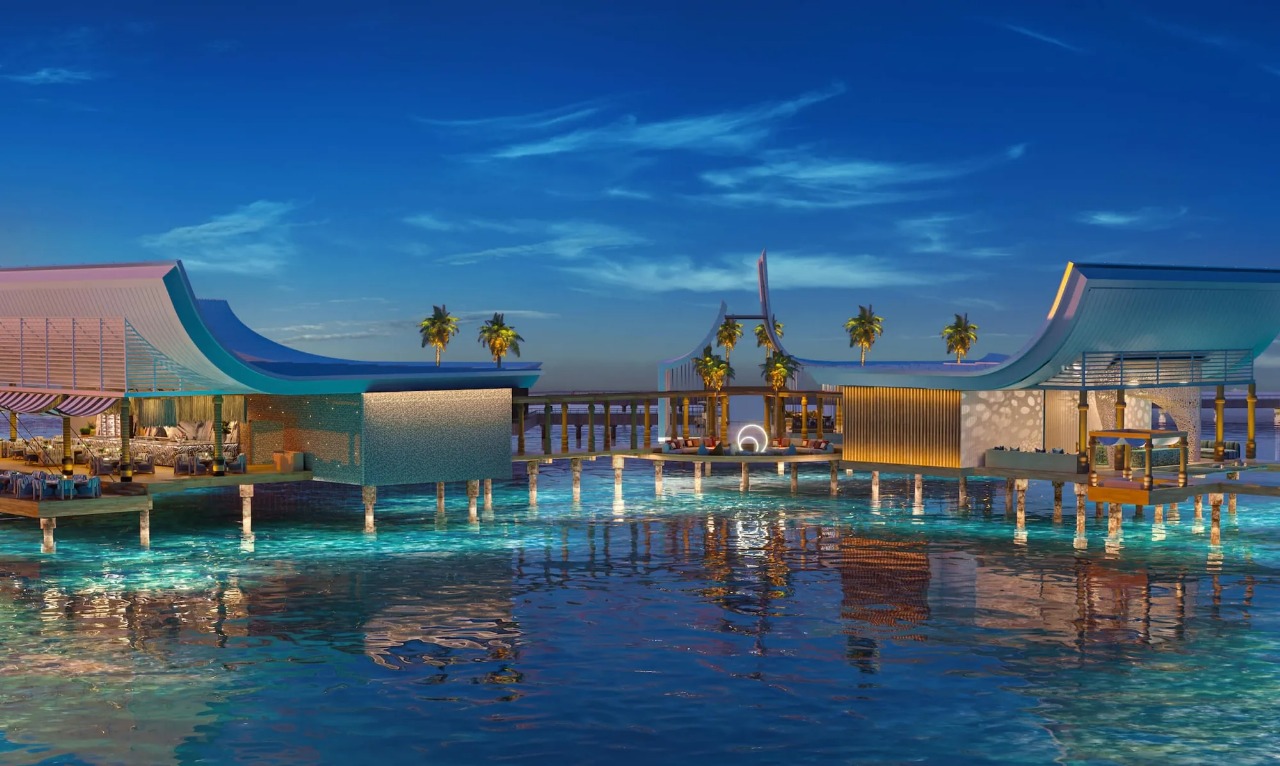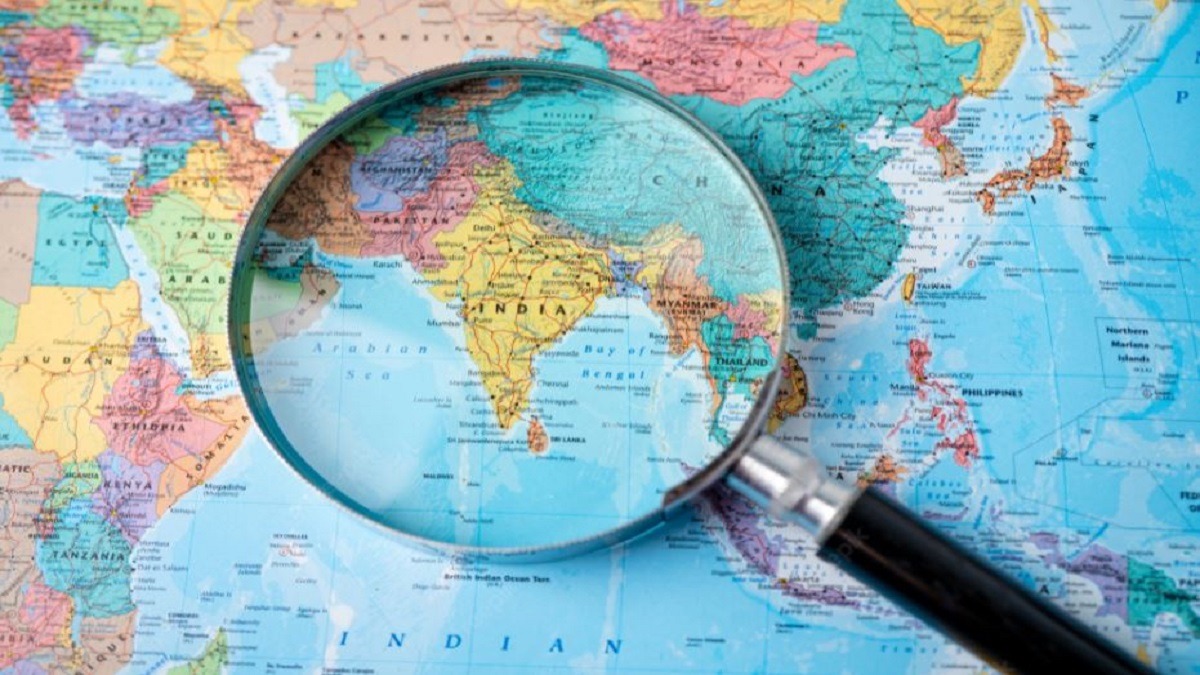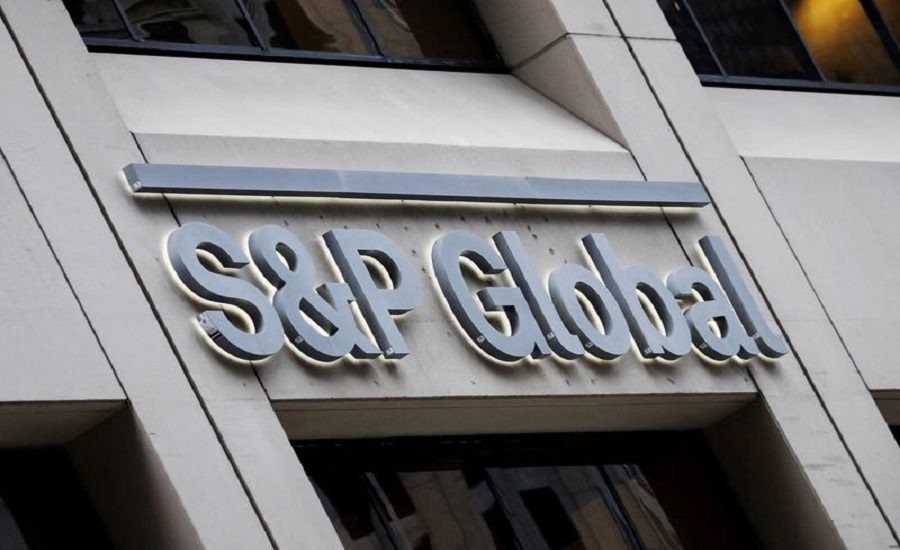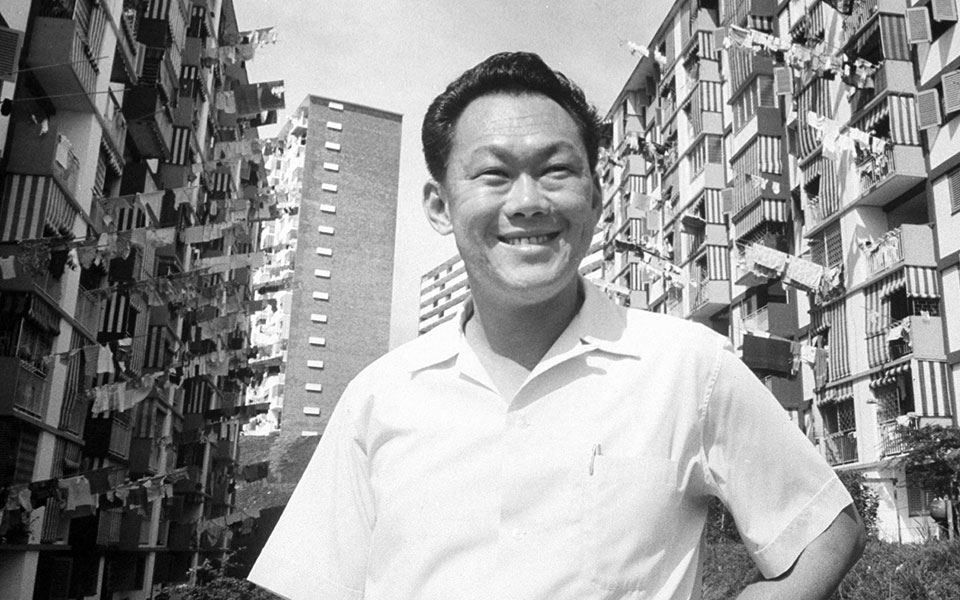 Image Source: MY HERO
Image Source: MY HERO
Singapore in 1965 looked set for disaster. Just kicked out of Malaysia with only 1.9 million people and a GDP below $500, having no oil, no gold, or other natural endowments, the city-state seemed destined for collapse. But Lee Kuan Yew, Singapore’s founding Prime Minister, made one move that surprised the world and rewrote Singapore’s future: he bet big on people and global openness.
Key Highlights
-
Singapore faced dire conditions in 1965: high unemployment, lack of natural resources, and mass uncertainty about survival.
-
Lee Kuan Yew’s leadership did not focus on what Singapore lacked, but on the potential in its people and its geographic position.
-
Instead of retreating into protectionism or following the post-colonial norm of import substitution, Singapore embraced export-led industrialisation and globalisation.
-
Attracting multinational corporations became the cornerstone strategy, with government investing in world-class infrastructure, sound fiscal policies, labor peace, and technical education.
-
Modern institutions were built: the Economic Development Board (EDB) wooed foreign investors; the Housing Development Board (HDB) provided stable homes; and the Central Provident Fund gave citizens financial security.
-
Singapore positioned itself as a regional financial and logistics hub, facilitating trade, manufacturing, and business growth.
From Crisis to Global Competitiveness
-
After separation, Singapore was forced to move quickly. There was no safety net, and global confidence was low. Instead of yielding to instability, Lee and his team moved with precision:
-
Rapid industrialisation became top priority. Early factories focused on simple goods but scaled up quickly as skills rose.
-
Foreign Direct Investment (FDI) was actively courted. Multinational firms—American, Japanese, European—were incentivized to build plants and offices in Singapore, creating jobs and infusing new capabilities.
-
Infrastructure upgrades were relentless. The British naval dockyard was repurposed, the airport redeveloped, and world-class facilities were built for transport and trade.
-
Stability and rule of law were hallmarks. Singapore’s government maintained policy continuity, fought corruption, and enacted meritocracy within an efficient governmental system.
-
Education investment fueled a high-skill workforce. Technical and higher education grew rapidly to meet the needs of ambitious industries.
The Human Factor: Talent as Resource
Singapore’s approach challenged the notion that growth depended on commodities. Lee’s focus was on nurturing local talent and integrating high-caliber immigrants. The government fostered a welcoming climate for foreign talent and skilled professionals, thereby expanding Singapore’s knowledge base and global economic links.
Talent development was tied to both economic and social goals, transforming ghetto clusters into vibrant planned townships with upward mobility.
Singapore’s multi-racial, meritocratic framework minimized ethnic tensions, maximizing productivity and unity.
Building Institutions for the Long Run
Lee didn’t just steer policy—he built institutions that would endure. The development model included:
-
Housing Development Board flats for mass affordable housing, anchoring social stability.
-
Central Provident Fund for universal retirement savings, encouraging disciplined financial habits.
-
The creation of Changi Airport and the defense of Singapore’s role as Asia’s sea freight hub.
-
A reputation as a clean, green, safe, and cosmopolitan city, drawing global investors and tourists.
Transformation and Legacy
These decisions delivered results:
-
By 1975, manufacturing as a share of GDP grew sharply, and Singapore moved quickly up the global value chain to electronics, pharmaceuticals, and financial services.
-
Per capita GDP skyrocketed from under $500 in 1965 to $90,000 today.
-
Singapore became a model for integrating market-oriented policies with robust, honest government—achieving stability, prosperity, and global status.
Sources: World Economic Forum, BBC, Monetary Authority of Singapore
Sources: World Economic Forum, BBC, Monetary Authority of SingaporeSingapore in 1965 looked set for disaster. Just kicked out of Malaysia with only 1.9 million people and a GDP below $500, having no oil, no gold, or other natural endowments, the city-state seemed destined for collapse. But Lee Kuan Yew, Singapore’s founding Prime Minister, made one move that surprised the world and rewrote Singapore’s future: he bet big on people and global openness.
Key Highlights
Singapore faced dire conditions in 1965: high unemployment, lack of natural resources, and mass uncertainty about survival.
Lee Kuan Yew’s leadership did not focus on what Singapore lacked, but on the potential in its people and its geographic position.
Instead of retreating into protectionism or following the post-colonial norm of import substitution, Singapore embraced export-led industrialisation and globalisation.
Attracting multinational corporations became the cornerstone strategy, with government investing in world-class infrastructure, sound fiscal policies, labor peace, and technical education.
Modern institutions were built: the Economic Development Board (EDB) wooed foreign investors; the Housing Development Board (HDB) provided stable homes; and the Central Provident Fund gave citizens financial security.
Singapore positioned itself as a regional financial and logistics hub, facilitating trade, manufacturing, and business growth.
From Crisis to Global Competitiveness
After separation, Singapore was forced to move quickly. There was no safety net, and global confidence was low. Instead of yielding to instability, Lee and his team moved with precision:
Rapid industrialisation became top priority. Early factories focused on simple goods but scaled up quickly as skills rose.
Foreign Direct Investment (FDI) was actively courted. Multinational firms—American, Japanese, European—were incentivized to build plants and offices in Singapore, creating jobs and infusing new capabilities.
Infrastructure upgrades were relentless. The British naval dockyard was repurposed, the airport redeveloped, and world-class facilities were built for transport and trade.
Stability and rule of law were hallmarks. Singapore’s government maintained policy continuity, fought corruption, and enacted meritocracy within an efficient governmental system.
Education investment fueled a high-skill workforce. Technical and higher education grew rapidly to meet the needs of ambitious industries.
The Human Factor: Talent as Resource
Singapore’s approach challenged the notion that growth depended on commodities. Lee’s focus was on nurturing local talent and integrating high-caliber immigrants. The government fostered a welcoming climate for foreign talent and skilled professionals, thereby expanding Singapore’s knowledge base and global economic links.
Talent development was tied to both economic and social goals, transforming ghetto clusters into vibrant planned townships with upward mobility.
Singapore’s multi-racial, meritocratic framework minimized ethnic tensions, maximizing productivity and unity.
Building Institutions for the Long Run
Lee didn’t just steer policy—he built institutions that would endure. The development model included:
Housing Development Board flats for mass affordable housing, anchoring social stability.
Central Provident Fund for universal retirement savings, encouraging disciplined financial habits.
The creation of Changi Airport and the defense of Singapore’s role as Asia’s sea freight hub.
A reputation as a clean, green, safe, and cosmopolitan city, drawing global investors and tourists.
Transformation and Legacy
These decisions delivered results:
By 1975, manufacturing as a share of GDP grew sharply, and Singapore moved quickly up the global value chain to electronics, pharmaceuticals, and financial services.
Per capita GDP skyrocketed from under $500 in 1965 to $90,000 today.
Singapore became a model for integrating market-oriented policies with robust, honest government—achieving stability, prosperity, and global status.
Sources: World Economic Forum, BBC, Monetary Authority of Singapore
Advertisement
Advertisement


